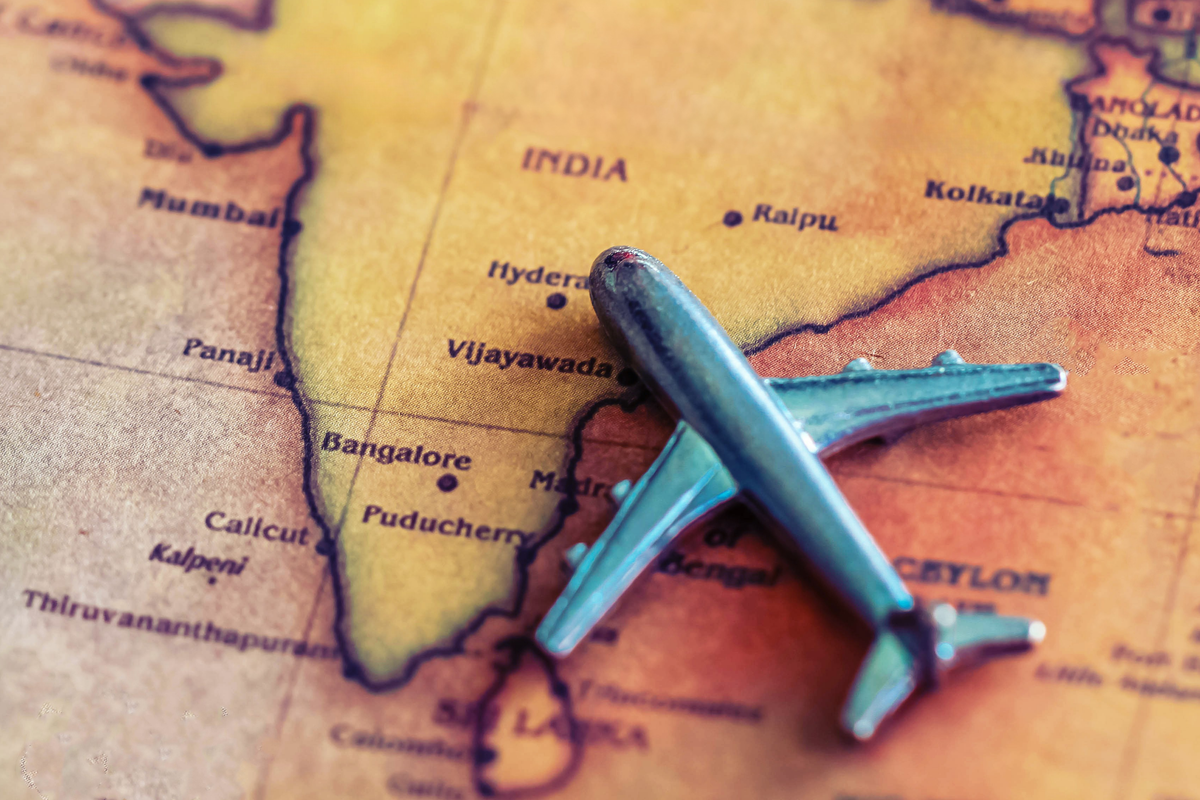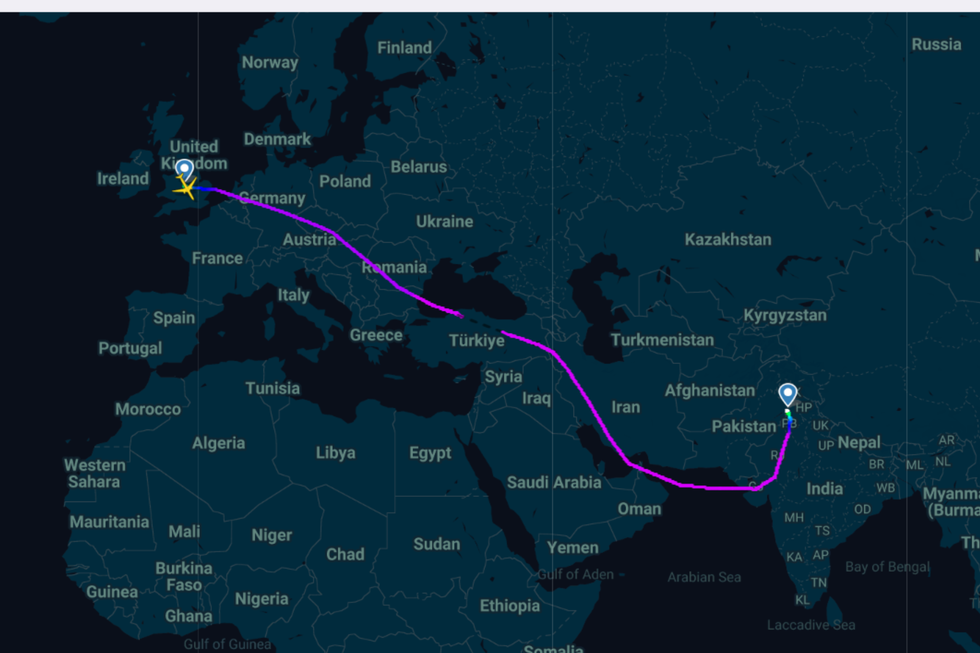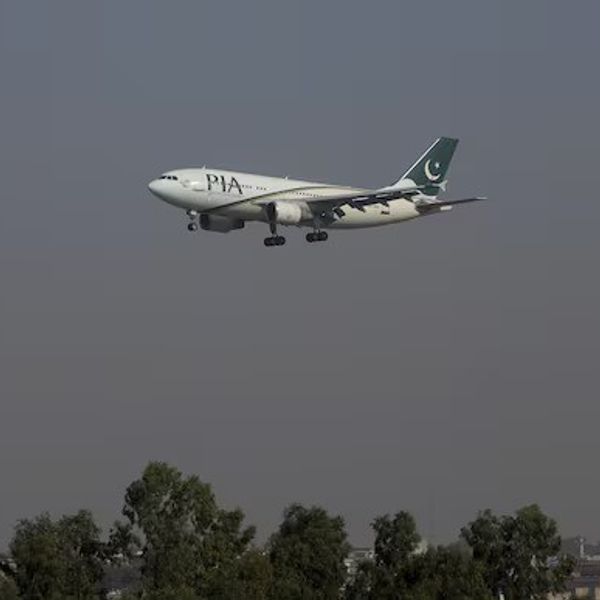
Umer Zaib
Senior Producer
Umer Zaib is a Karachi-based journalist and good Samaritan with five years of experience at Pakistan's leading news publications.

Owing to Pakistan's airspace ban, Indian airlines are experiencing significantly longer flight delays than initially reported.
Shutterstock
Delhi-Toronto flights now take 3 hours longer
Media reports underestimated actual delay times
India announced reciprocal airspace ban April 30
Indian airlines are experiencing significantly longer flight delays than initially reported following Pakistan's decision to close its airspace to Indian carriers, according to a data analysis by Nukta.
The airspace restrictions, which took effect on April 24, have forced Indian airlines to take longer routes, with some flights facing delays of up to three hours compared to their pre-ban schedules.

During the first three days of the ban (April 24-27), Indian airlines reportedly faced daily losses approaching PKR 40 million due to increased fuel costs and operational inefficiencies.
The situation is concerning for carriers already operating on thin profit margins within a highly competitive industry. To accurately assess the impact, Nukta compared flight times for three days before the ban and three days after its implementation, revealing the striking disparity between reported and actual delays.
Using Flight Radar 24 API data, Nukta tracked 2,287 international flights across 238 routes, analyzing 13 of the most popular routes to the Middle East, Europe, and North America.
The findings show that Indian flights have seen an average increase of 10.8 minutes in flight time across all routes affected by the ban, with some routes experiencing much more significant delays.
The financial impact has been calculated using industry estimates suggesting each additional minute of delay costs Air India approximately 86,666 Indian rupees in operational expenses. After adjusting calculations across India's top 10 airlines, the three-day financial impact is estimated at INR 12.2 million (approximately PKR 40 million).
If conditions persist for a month, Nukta estimates losses could exceed INR 122 million (approximately PKR 400 million). It should be noted that this analysis only accounts for 13 of the most popular routes and the top 10 Indian airlines. The overall impact across all affected routes and carriers is substantially higher.
Media underestimated delays
Media reports have significantly underestimated the actual impact, according to Nukta's analysis. The Hindustan Times reported that a former Airports Authority of India official claimed avoiding Pakistani airspace would add up to 90 minutes to flights departing from Northern Indian airports to Canada and the US.
However, Nukta's analysis shows delays of up to three hours on some routes.
The Delhi-Toronto route, the worst affected, has experienced a three-hour increase in flight time, extending from an average of 14 hours 17 minutes to an average of 17 hours 17 minutes. Similarly, the Toronto-Delhi route now takes an additional two hours and one minute on average.
Similarly, the Times of India cited pilots stating that India-Europe flights could take up to an hour more and India-Gulf flights 30-45 minutes more. Real-time flight data gathered by Nukta demonstrates that the actual delays are considerably longer on many key routes.
Flights between Amritsar and London have been extended by one hour and 56 minutes, with duration growing from 8 hours 29 minutes to 10 hours 25 minutes. The London-Amritsar route now takes an additional one hour and 49 minutes, while the Amritsar-Birmingham route has increased by one hour and 46 minutes.
India's tit-for-tat response
In response to Pakistan's restrictions, Indian authorities announced a reciprocal airspace ban on Pakistani airlines on April 30. The mutual restrictions mean both countries are now losing overflight fees, further exacerbating regional economic disruption.
This economic disruption primarily benefits hardline political elements in both countries, while ordinary citizens, the travel industry, trade, and regional connectivity all experience negative consequences.
The current airspace restrictions are expected to remain in place until May 23, 2025, though geopolitical tensions could lead to extensions. Industry observers are concerned about the long-term sustainability of these operational challenges if the situation becomes "the new normal" in India-Pakistan relations, forcing Indian airlines to permanently adjust to these changes.










Comments
See what people are discussing